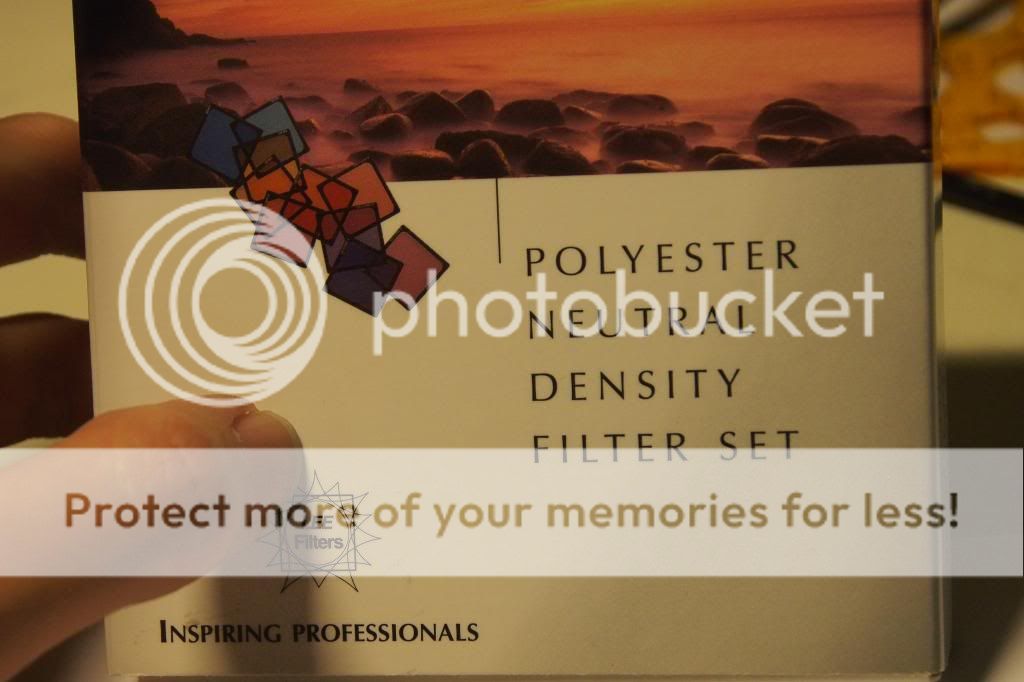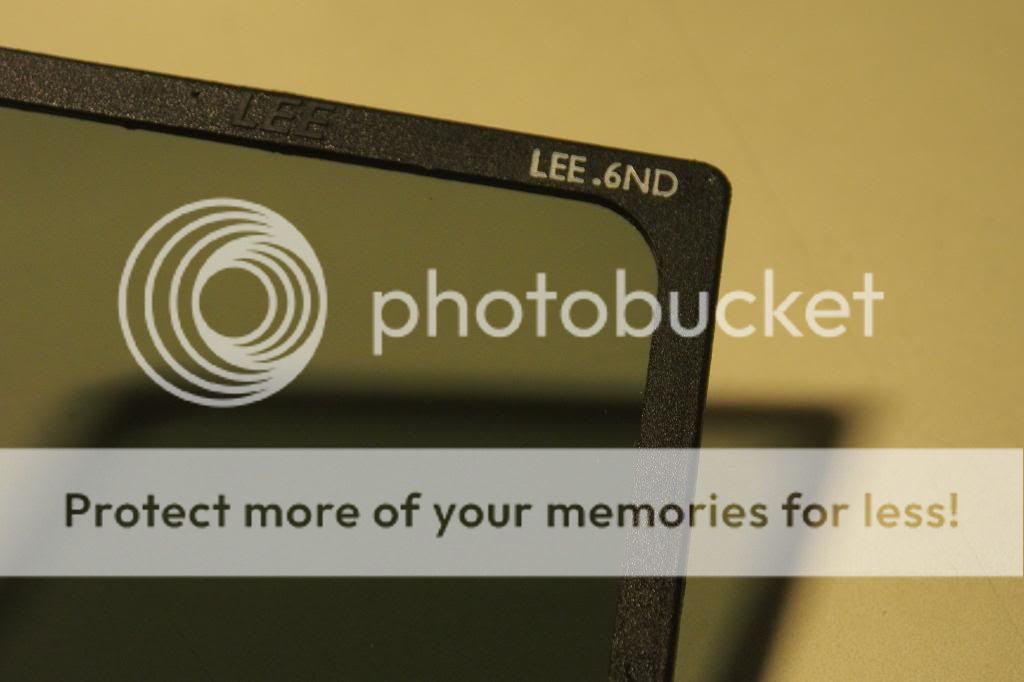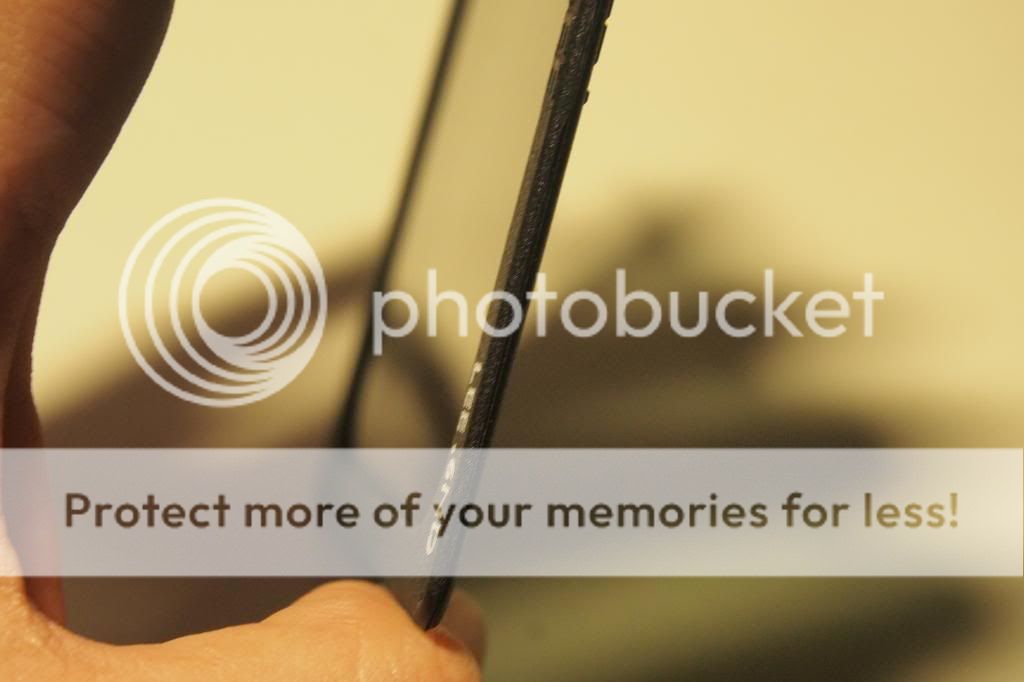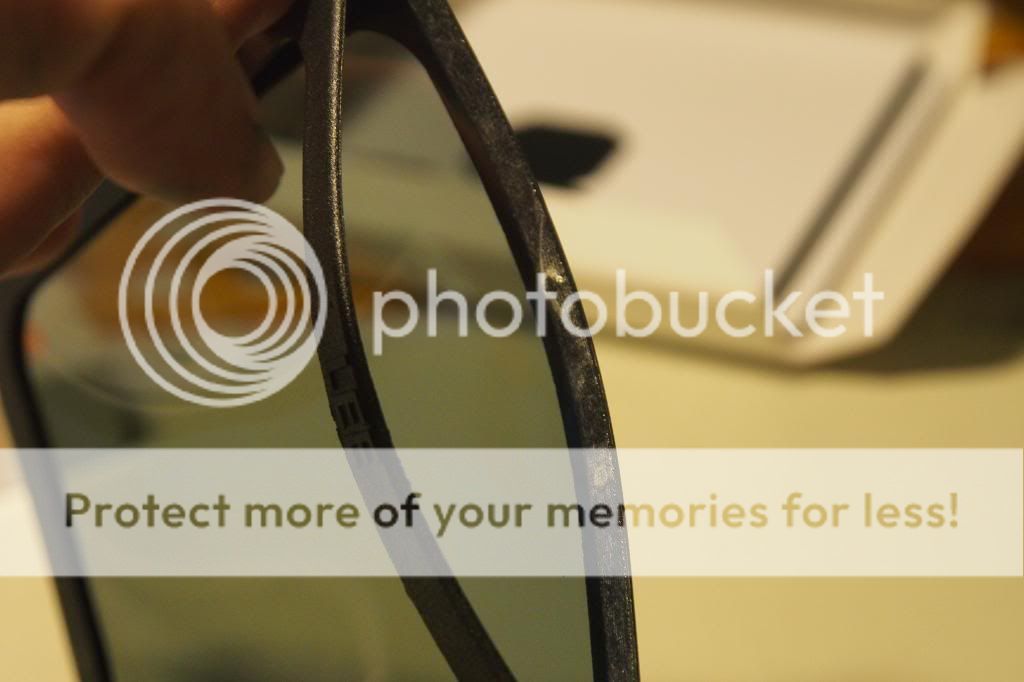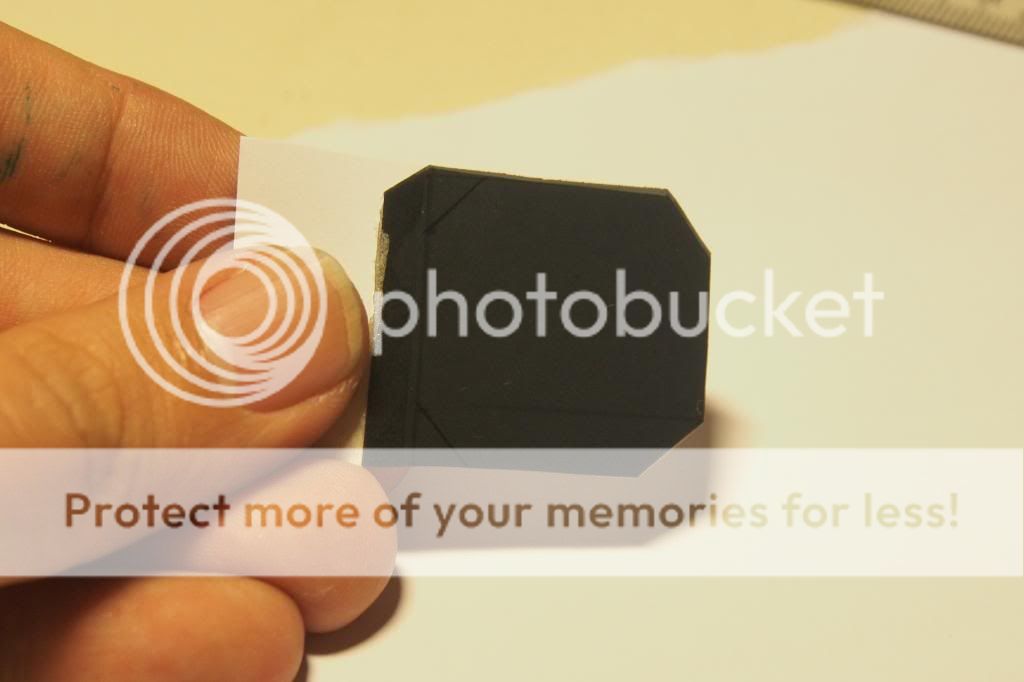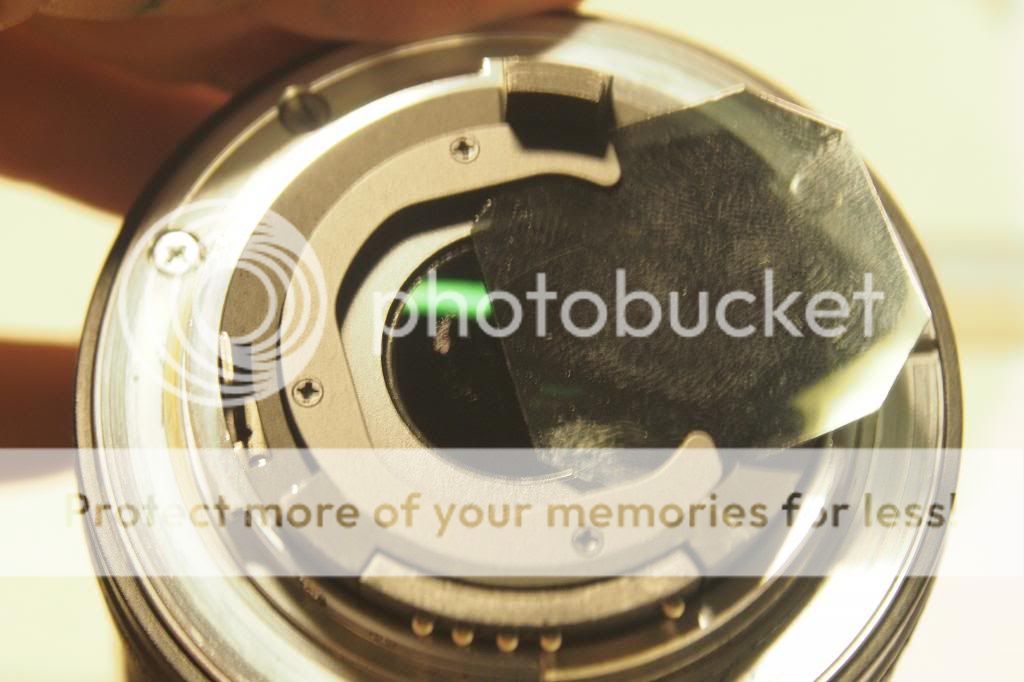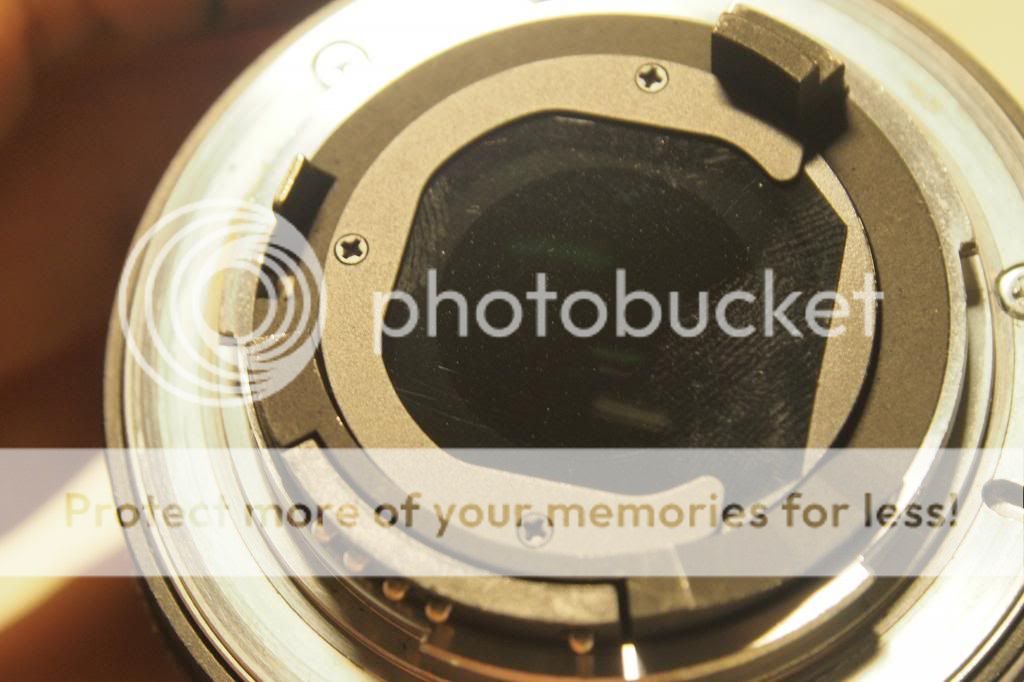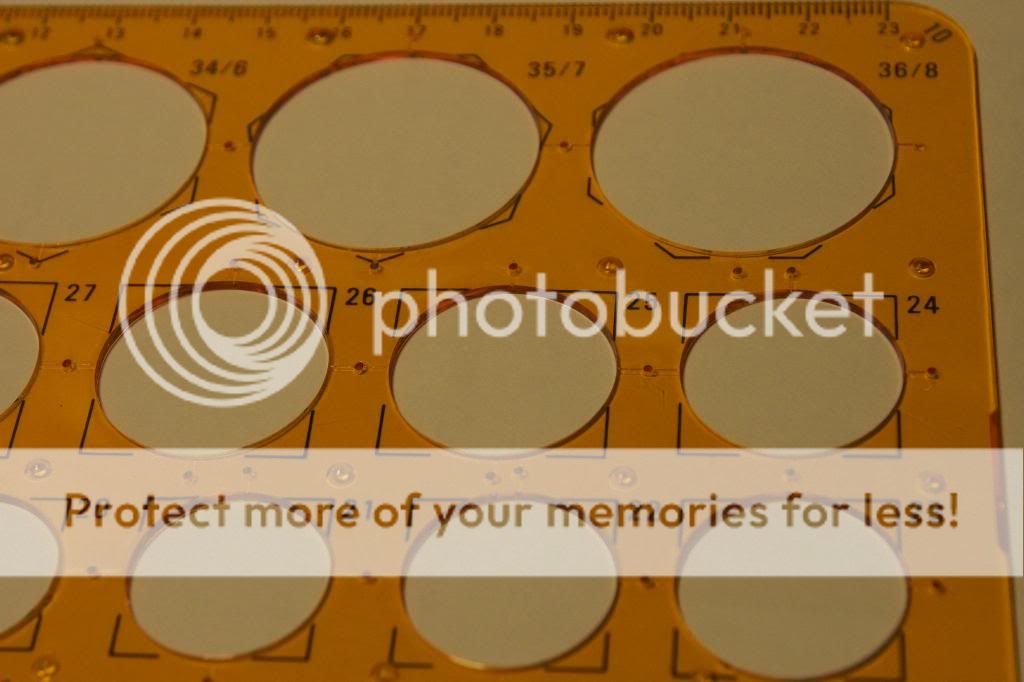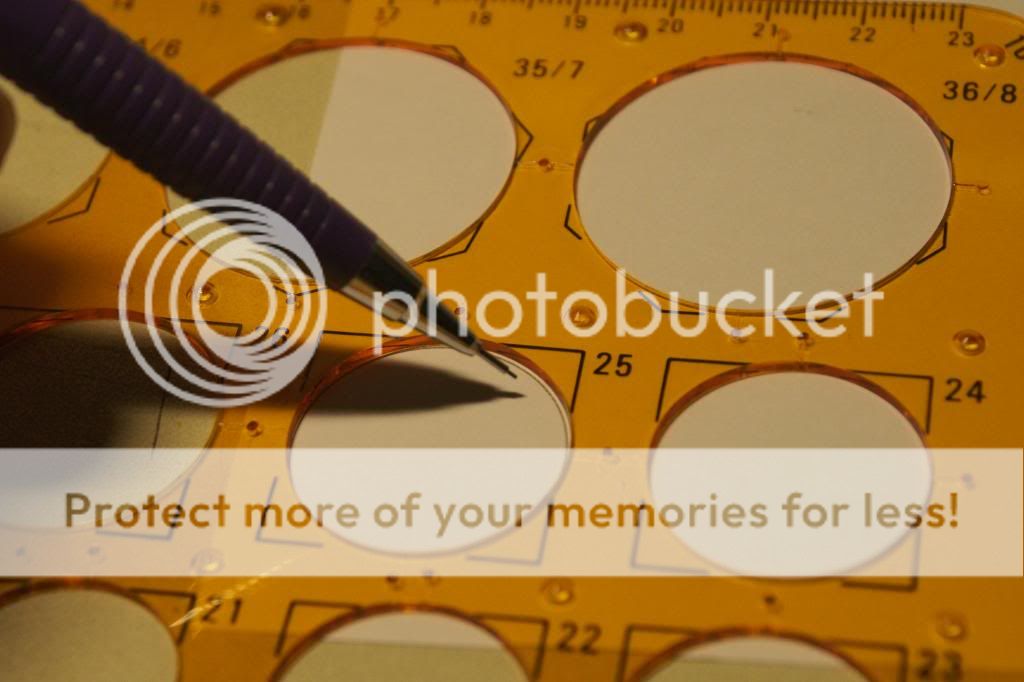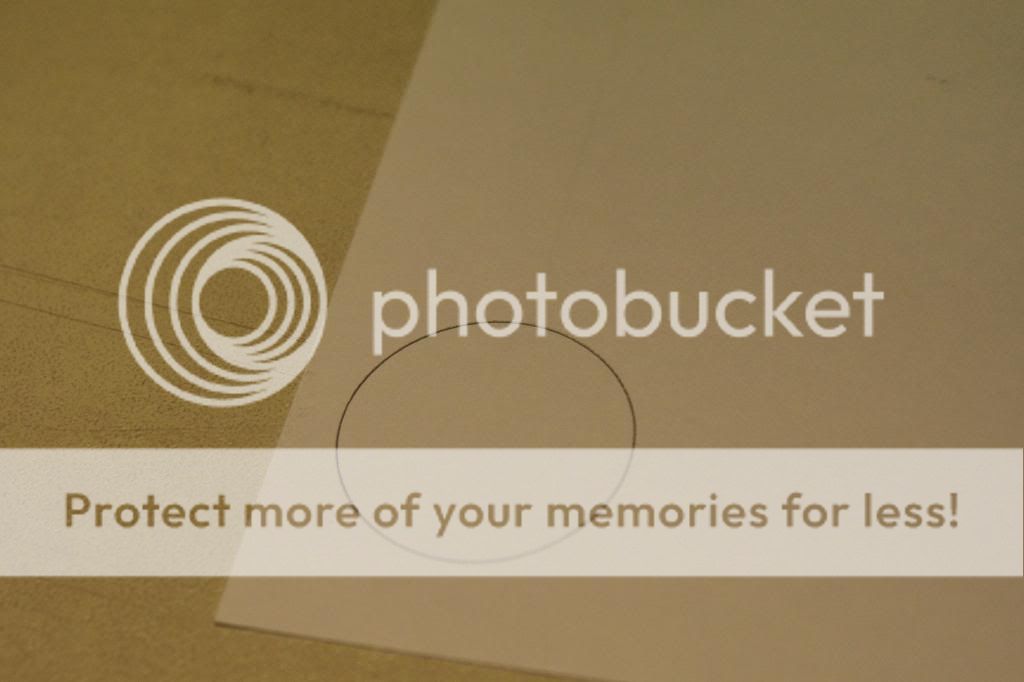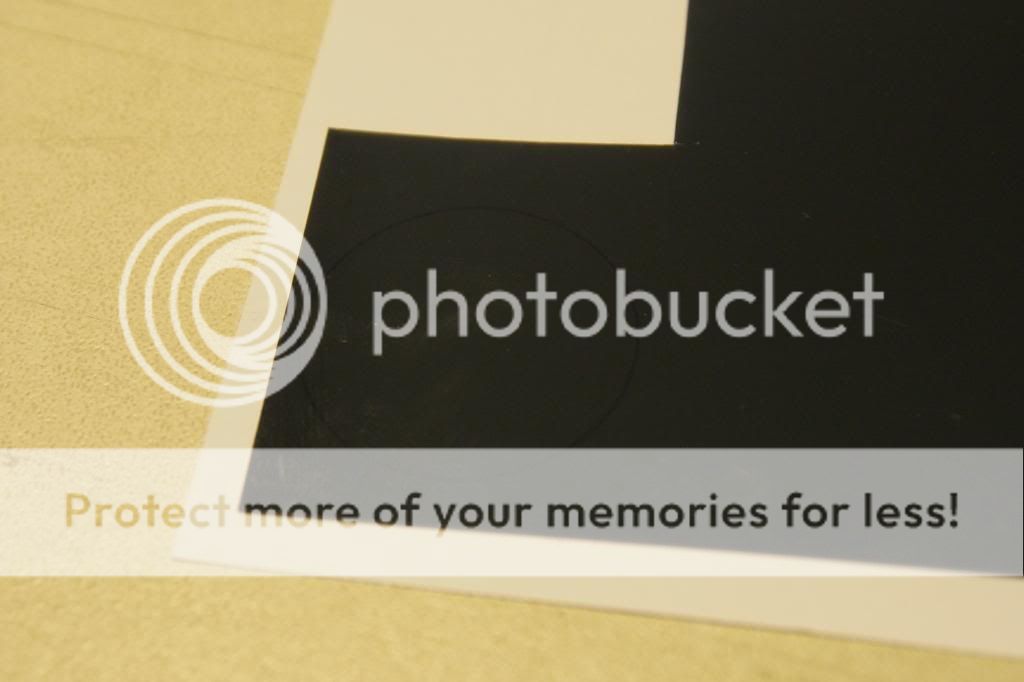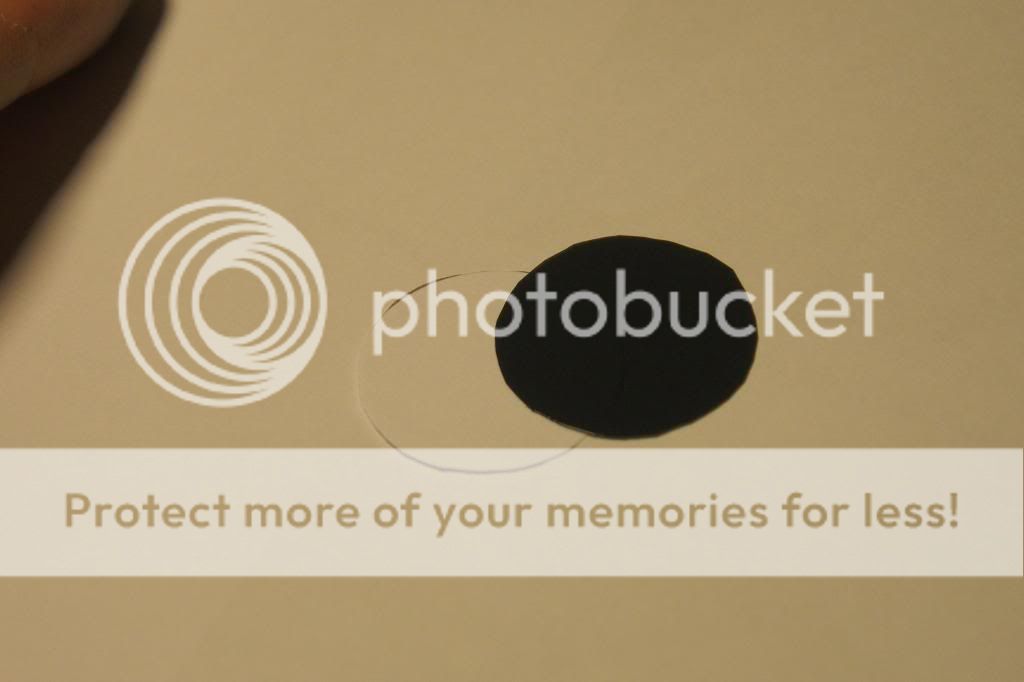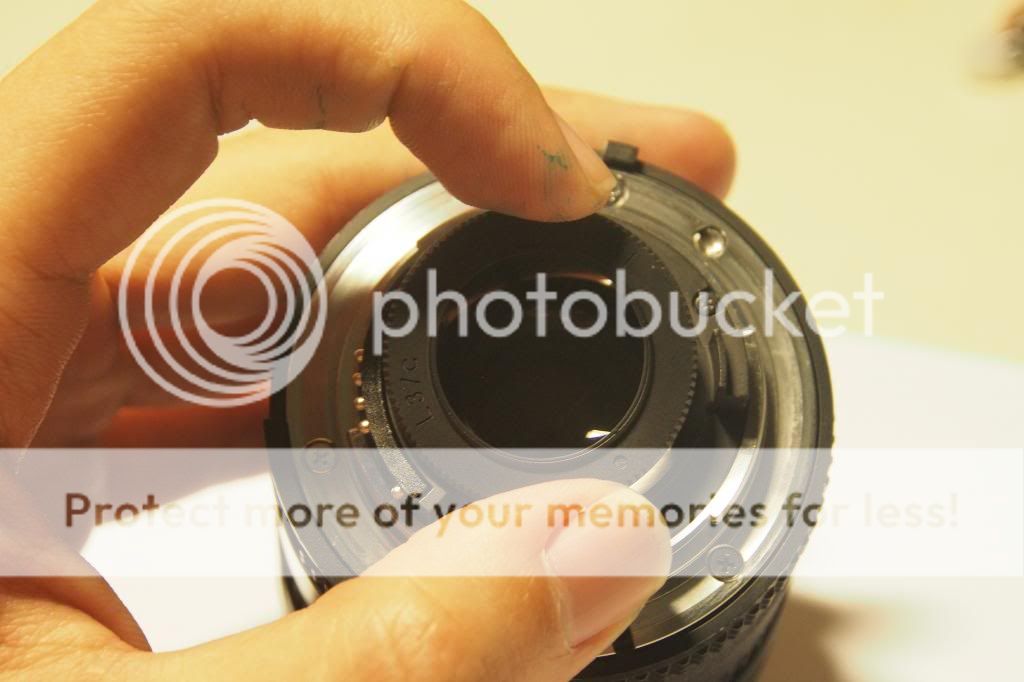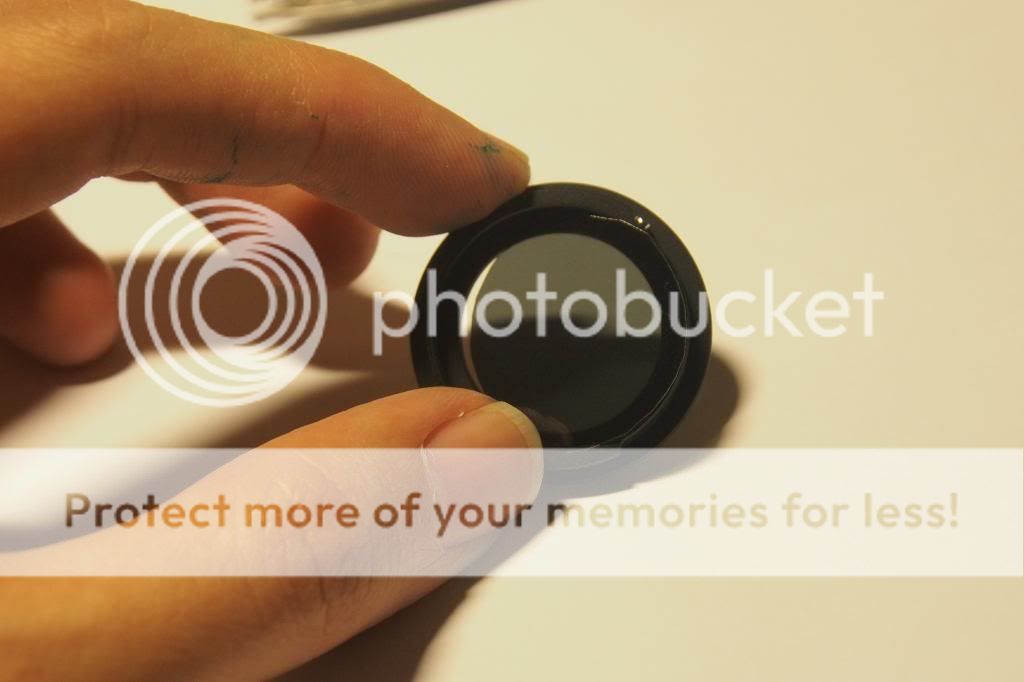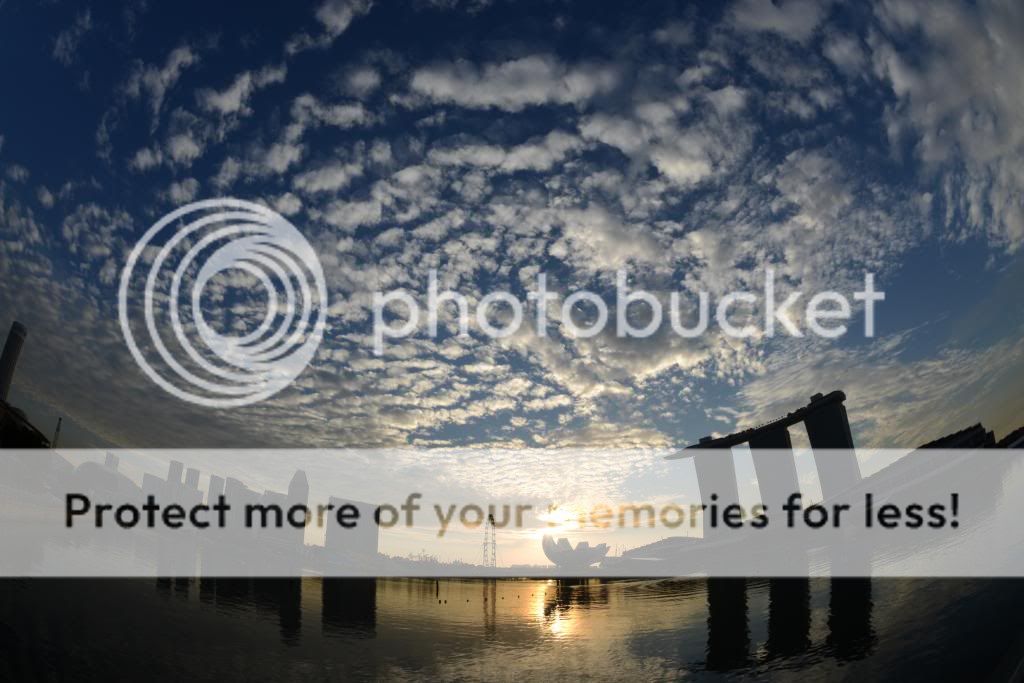Not sure if this has been brought up before but I did a search but not much information was written on this. So decided to share my findings with my fellow Nikon users.
For fellow Nikon users who love to use the fisheye lens (either FX or DX), one of the issue faced is that there is no filter available for front mounting and for landscape shooters, there isn't a readily available ND filter that can be used with the fisheye lens.
For the Nikon 10.5mm Fisheye lens, according to the user manual, a gelatin filter can cut to the appropriate size and mounted at the back of the lens.
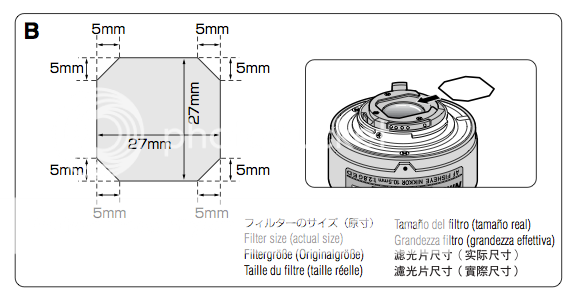

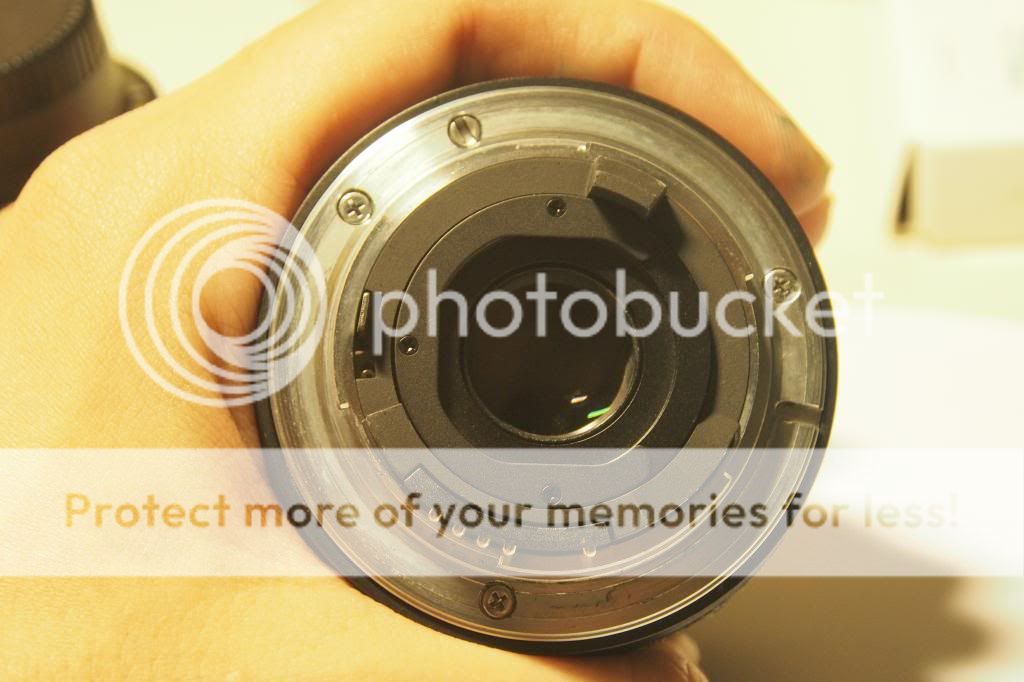
However, for Full Frame users, the Nikon 16mm Fisheye lens does not have a bracket which is found on the 10.5mm lens. But instead, there is a rear-mounting bayonet-type filters L37C which is necessary to be keep attached to the lens at all times as according to the user manual.

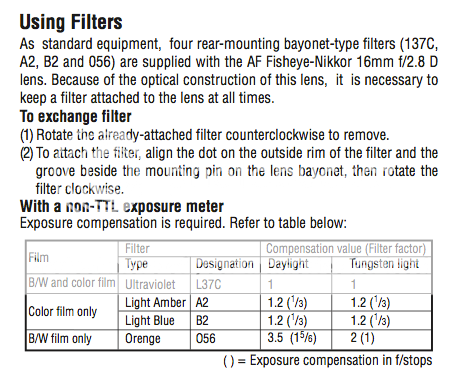
For fellow Nikon users who love to use the fisheye lens (either FX or DX), one of the issue faced is that there is no filter available for front mounting and for landscape shooters, there isn't a readily available ND filter that can be used with the fisheye lens.
For the Nikon 10.5mm Fisheye lens, according to the user manual, a gelatin filter can cut to the appropriate size and mounted at the back of the lens.



However, for Full Frame users, the Nikon 16mm Fisheye lens does not have a bracket which is found on the 10.5mm lens. But instead, there is a rear-mounting bayonet-type filters L37C which is necessary to be keep attached to the lens at all times as according to the user manual.





